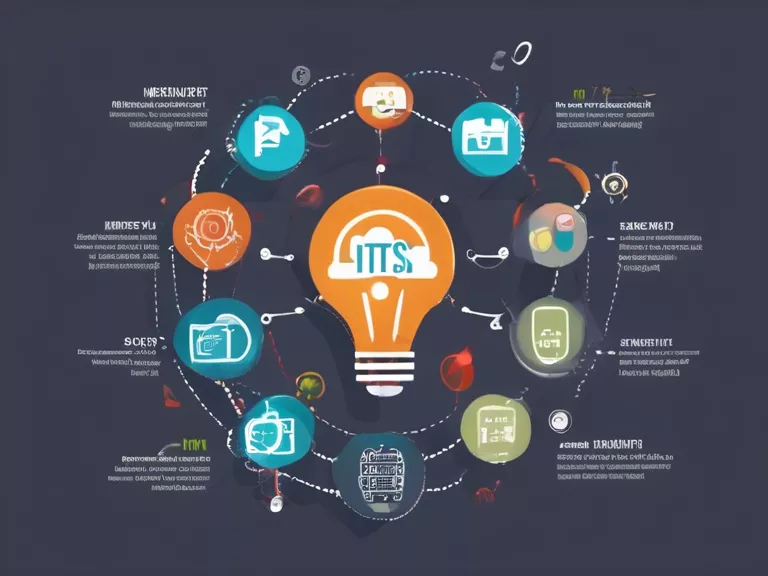
Introduction
The Internet of Things (IoT) has revolutionized the way we interact with technology, allowing for seamless connectivity and automation in various aspects of our daily lives. However, as IoT devices become more prevalent, concerns about security and privacy have also increased. In this article, we will delve into the secrets of IoT, exploring ways to enhance security and connectivity for a more robust IoT ecosystem.
Understanding IoT Security
IoT devices are vulnerable to security breaches due to their interconnected nature and often limited computing capabilities. Hackers can exploit these vulnerabilities to gain unauthorized access to sensitive data or even control IoT devices remotely. To enhance security in IoT systems, it is crucial to implement the following measures:
1. Secure Communication Protocols
Utilizing secure communication protocols such as HTTPS, MQTT, or CoAP can help encrypt data transmitted between IoT devices and servers, preventing eavesdropping and data tampering.
2. Device Authentication
Implementing strong authentication mechanisms, such as biometric authentication or two-factor authentication, can prevent unauthorized access to IoT devices and networks.
3. Regular Updates and Patch Management
Regularly updating IoT device firmware and software patches can help mitigate vulnerabilities and ensure that devices are protected against the latest security threats.
Enhancing Connectivity in IoT
Seamless connectivity is essential for the efficient operation of IoT systems, enabling real-time data exchange and communication between devices. To enhance connectivity in IoT, consider the following strategies:
1. Interoperability Standards
Adhering to industry-standard protocols such as MQTT, CoAP, or Zigbee can facilitate seamless communication between different IoT devices and platforms, ensuring compatibility and interoperability.
2. Edge Computing
Implementing edge computing capabilities can help process data closer to the source, reducing latency and improving response times in IoT applications that require real-time insights.
3. Network Redundancy
Deploying redundant network connections and failover mechanisms can ensure continuous connectivity in IoT systems, minimizing downtime and disruptions in data transmission.
Conclusion
By prioritizing security measures such as secure communication protocols, device authentication, and regular updates, and enhancing connectivity through interoperability standards, edge computing, and network redundancy, organizations can unlock the full potential of IoT while safeguarding against potential threats. Embracing these secrets of IoT can lead to a more secure and connected ecosystem that empowers innovation and efficiency in the digital age.


